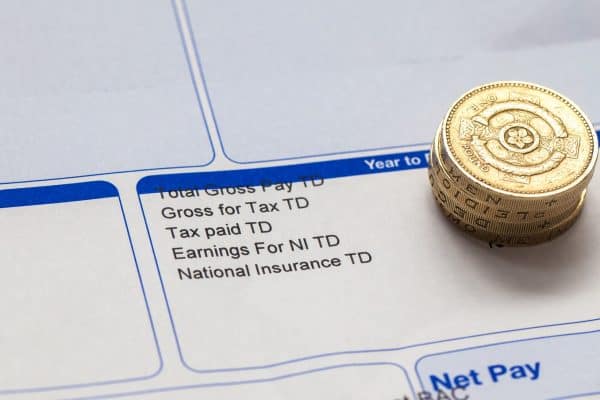You might think you know a lot about finance, but sometimes jargon, like ‘flat interest rate,’ can trip up even the savviest of spenders. We recently carried out research to find out whether people know as much as they think they do about financial terms. And it brought out some interesting results!
What is flat rate interest rate?
A flat rate interest rate is a fixed-term rate that stays consistent throughout your repayments. This percentage rate is based on the amount borrowed and means that the interest amount will remain the same regardless of the outstanding balance.
What is compound interest?
With compound interest, you can gain interest on money that you save. Each year that the money is in your account, you earn interest on each previous year too. Compound interest therefore allows you to earn interest faster as the years progress.
What’s The Difference Between Flat Rate Interest & Compound Interest?
We took the most misunderstood topic – interest rates – and created this video to explain it in a way that’s completely free of jargon. Since most people learn better through visualisation, so we utilised chocolate coins to illustrate and simplify the distinctions between these two types of interest. No jargon, plus chocolate is a winning combination in our opinion!
Video Transcript
What’s the difference between a flat rate interest and compound interest?
Both flat-rate and compound interest are types of interest. Interest is money paid regularly at a particular rate alongside a borrowed sum of money.
Let’s say you’ve just taken out a five-year loan with a flat interest rate of 5%.
These five gold chocolate coins represent the money you’ve borrowed, and the silver coin represents the 5% interest.
Each year, you’ll pay off a set amount on the loan, but you’ll also pay interest.
With a flat-rate interest loan, you’ll pay the same amount of interest each year.
Let’s put that into numbers.
Say you get a £5,000 loan over five years at 5% interest. The interest you pay per year would be 5% of £5,000, which equals £250.
So, one silver coin, or one year’s interest, equals £250.
The total amount of interest you’ll pay is five times £250, which equals £1,250.
The amount you’ll pay including the loan amount and interest would be £6,250.
Now, let’s look at compound interest.
The main difference between flat rate and compound interest is that compound interest adjusts based on how much of a loan is outstanding.
So, let’s look at that £5000 loan again. You’re still charged 5% interest, but this time it’s compound interest. If you pay back £1000 in the first year, then when interest is next added, it’ll be on the remaining £4000.
As you repay more and more of your loan, the amount of interest that’s added to your balance will get smaller and smaller.
Our research on financial terms
Our research covered a selection of core financial terms that we come across every day:
- Flat rate interest
- Compound interest
- Direct debit
- Continuous payment
- Credit rating
- APR
More than half of our research participants felt they understood each of these financial terms well. In particular, the vast majority (83%) feel they have a good grasp on credit ratings. 44% knew that being registered to vote can affect your credit rating and 34% of people correctly identified that how often you move to a new house can, too. However, nearly a third of people (29%) mistakenly believe that the credit history of previous residents at your address affects your credit rating.
Half of the participants only 10% knew that APR was a type of compound interest.
A higher number of people (62%) said they understood ‘flat rate interest’ and 44% of people could correctly identify that they’d pay back £12,500 on a £10,000 loan with a flat rate annual interest at 5%.
Let’s recap…
With a flat-rate interest loan, you’ll pay the same interest back with each payment every year. This is a percentage of the entire loan amount. Even if you pay back early, you’ll pay the same amount overall.
With compound interest, interest is added to your balance as you go along. So, if you make bigger payments than you need to, or pay back early, you could pay less interest.
Visit our Money Savvy section for more helpful financial tips.



















